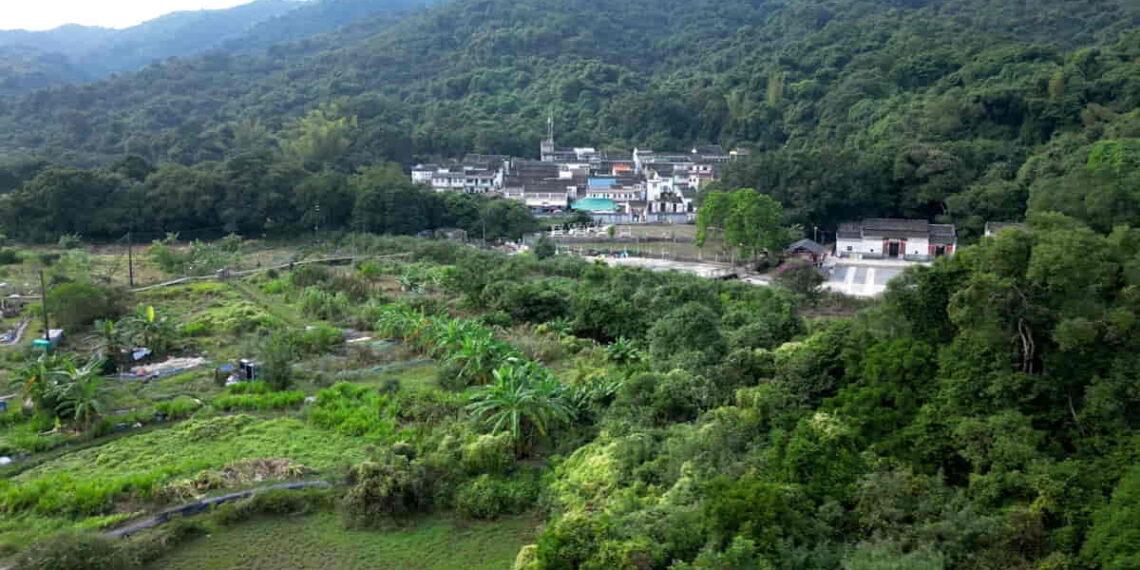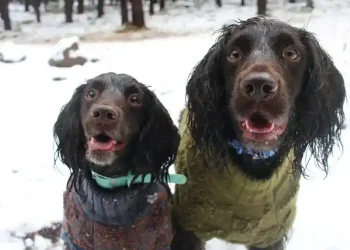Reviving Lai Chi Wo: A 300-Year-Old Village Returns to Life
Nestled in the heart of mist-covered mountains, with verdant farmland and mangrove-lined shores, Lai Chi Wo seems worlds away from the urban landscape of Hong Kong. Yet, this 300-year-old village is one of the city’s oldest and most biodiverse settlements, embodying traditional values of sustainability and nature conservation.
A Legacy of Sustainability: Feng Shui in Practice
Lai Chi Wo’s location is no accident. Built by the Hakka people, one of Hong Kong’s pre-colonial indigenous groups, the village is rooted in the philosophies of feng shui — a design practice that integrates natural elements to promote harmony. In Lai Chi Wo, a feng-shui forest is preserved to shelter the village from typhoons, prevent landslides, and manage temperature extremes.
Susan Wong, the village chief, and a lifelong resident, explains, “We maintain the feng-shui forest to protect the village. Our ancestors passed down the tradition to not let anyone cut down the trees.” These trees are more than just a natural buffer — they are a symbol of the bond between the villagers and their environment.
Decline and Abandonment
By the 1960s, the rapid industrialization of Hong Kong led many villagers to seek opportunities elsewhere. Farming, once the backbone of the community, was no longer a sustainable livelihood. “We didn’t even have shoes or clothes to wear,” recalls Wong, who moved to the UK at the age of 15.
As many families emigrated or passed away, Lai Chi Wo became a ghost town. By the 1980s, its homes were crumbling, farmland overtaken by weeds, and wildlife roamed freely.
A Vision for Revival
Despite its abandonment, Lai Chi Wo wasn’t entirely forgotten. In 2009, Chiu Ying Lam, head of the Hong Kong Countryside Foundation, visited the village and was surprised to find several homes well-maintained. “I realized these absentee homeowners were still connected to their ancestral land,” Lam says, sparking the idea of a revitalization project.
In collaboration with NGOs, universities, and government agencies, the “Sustainable Lai Chi Wo” program was born. This decade-long effort has aimed to restore both the village and its surrounding biodiversity. Over HK$100 million ($12.8 million) has been invested in restoring farmland and rebuilding homes, helping to revive the village’s rich cultural and ecological heritage.
New Beginnings
The project not only sought to bring former residents back but also welcomed newcomers. In 2015, Ah Him Tsang and his wife, who were not Hakka, became one of the first families to move to Lai Chi Wo. Seeking a life closer to nature, they raised their son in the village and became active in its agricultural and tourism ventures.
Tsang grows vegetables and cash crops on a small farm, while also offering “Hakka Experience” homestays and a store serving locally grown products, including tea, coffee, and homemade vegan ice cream. “You can really feel the quietness, the serenity of nature here,” says Tsang, emphasizing the slow pace of life that has become the village’s unique charm.
The Return of the Original Residents
The revitalization has encouraged many former residents to return. Susan Wong, after retiring from the UK, came back to Lai Chi Wo in 2019 with her 103-year-old father. “I’m very happy because I love this village,” she says. Together, they now manage a small organic farm, growing a variety of crops, including mandarin oranges, lemons, and vegetables.
The project has also introduced new crops like coffee, grown in the shade to preserve the surrounding forest. With over 700 coffee plants now spread across several farms, Lai Chi Wo has become Hong Kong’s largest coffee-producing region, an unexpected agricultural success.
Revitalization Beyond the Village
Lai Chi Wo’s transformation is not just about restoring buildings and farms. It’s also about integrating modern farming techniques with traditional practices. The University of Hong Kong has partnered with local farmers to experiment with agroforestry and value-added products such as pickles, jams, and seasonal delicacies like radish cake. These products are sold at local farmers’ markets and through supermarkets, helping to support the community’s economic growth.
While Lai Chi Wo’s economic sustainability remains a challenge — largely due to the small-scale nature of farming — the village has become a model of sustainable revitalization. “The village may not be financially independent, but as long as people are living here and making a living, it is viable for those individual households,” says Ryan Siu Him Leung, senior project officer at the University of Hong Kong.
Challenges and Future Outlook
Despite the project’s successes, it hasn’t been without its difficulties. Some original villagers have expressed concerns about being excluded from the redevelopment process, and the village still relies on external funding, including government subsidies. Farming on a small scale is not always profitable, so many residents, like Tsang, have diversified their income streams, working remotely or in creative industries.
However, Lai Chi Wo’s story is a beacon of hope, proving that a harmonious relationship between nature and community can be restored. The project has even caught the attention of UNESCO, which recognized it in 2020 for its efforts in cultural heritage conservation and sustainable development.
Lai Chi Wo’s revitalization has inspired the Forest Village Project, launched in 2024, which aims to apply the lessons learned from Lai Chi Wo to neighboring villages, Mui Tsz Lam and Kop Tong. These smaller hamlets, with their own feng shui woodlands and diverse ecosystems, hold potential for eco-tourism and sustainable development, creating a network of revitalized villages.
“We hope to build a more comprehensive region of revitalized villages that can become a bigger attraction to the Hong Kong community,” says Leung.
Lai Chi Wo is not just a village coming back to life — it’s a model for sustainable community development, preserving heritage, protecting nature, and fostering a harmonious future.
This article was rewritten by JournosNews.com based on verified reporting from trusted sources. The content has been independently reviewed, fact-checked, and edited for accuracy, neutrality, tone, and global readability in accordance with Google News and AdSense standards.
All opinions, quotes, or statements from contributors, experts, or sourced organizations do not necessarily reflect the views of JournosNews.com. JournosNews.com maintains full editorial independence from any external funders, sponsors, or organizations.
Stay informed with JournosNews.com — your trusted source for verified global reporting and in-depth analysis. Follow us on Google News, BlueSky, and X for real-time updates.














